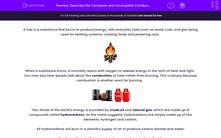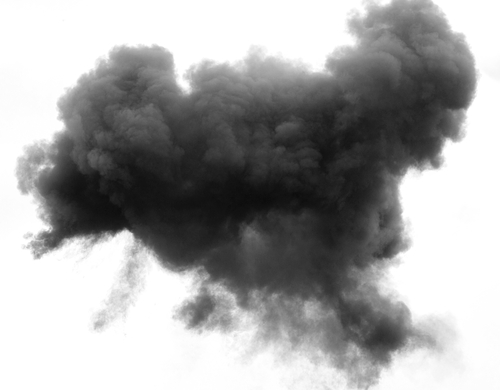A fuel is a substance that burns to produce energy, with everyday fuels such as wood, coal, and gas being used for heating systems, cooking foods and powering cars.
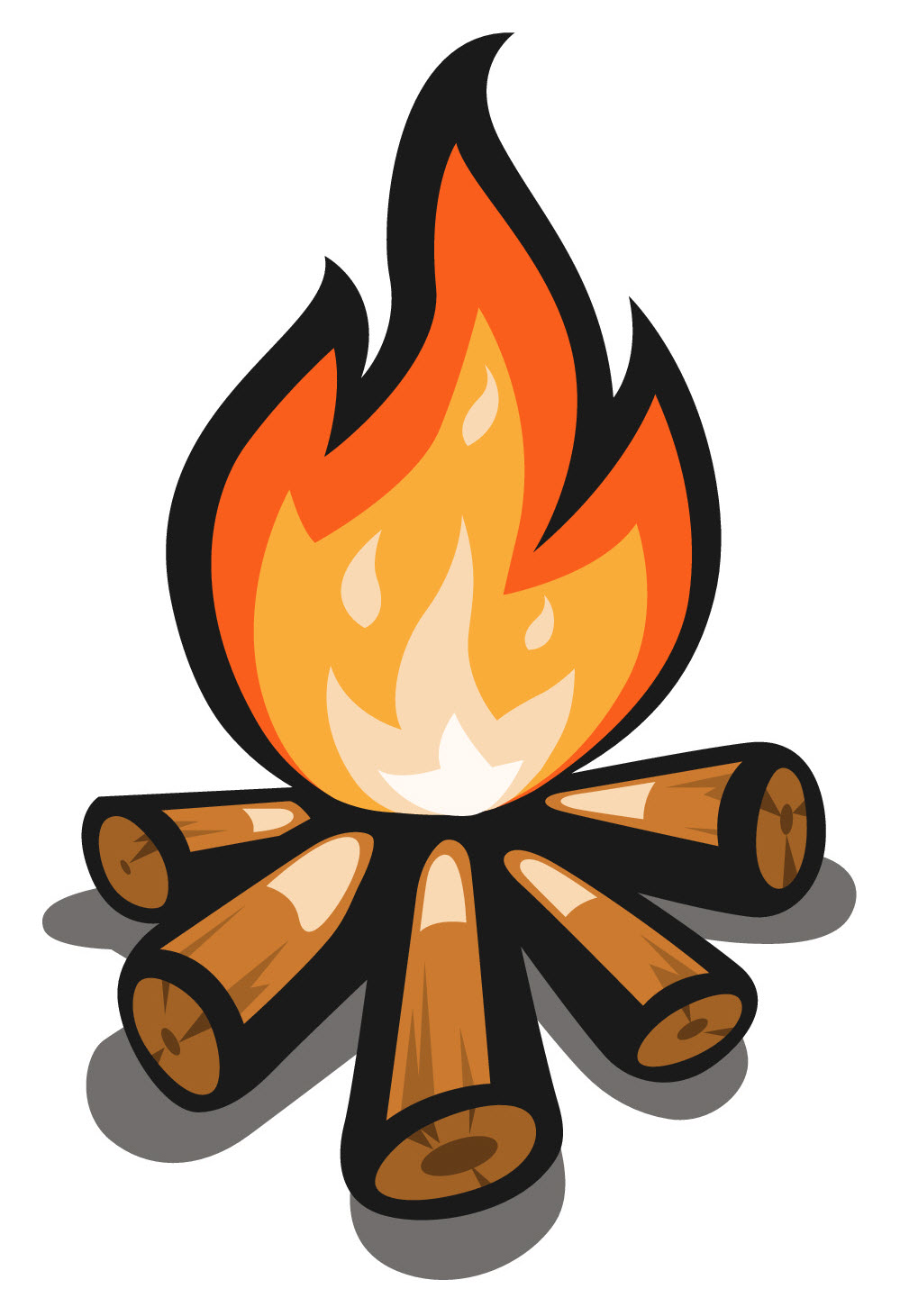
When a substance burns, it normally reacts with oxygen to release energy in the form of heat and light.
You may also hear people talk about the combustion of fuels rather than burning. This is simply because combustion is another word for burning.
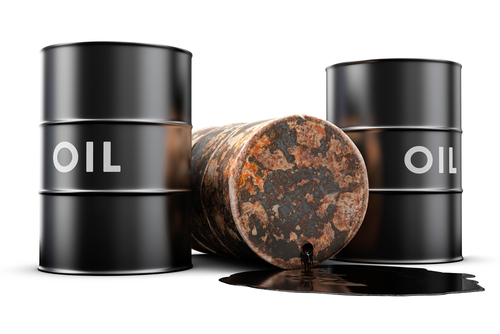 |
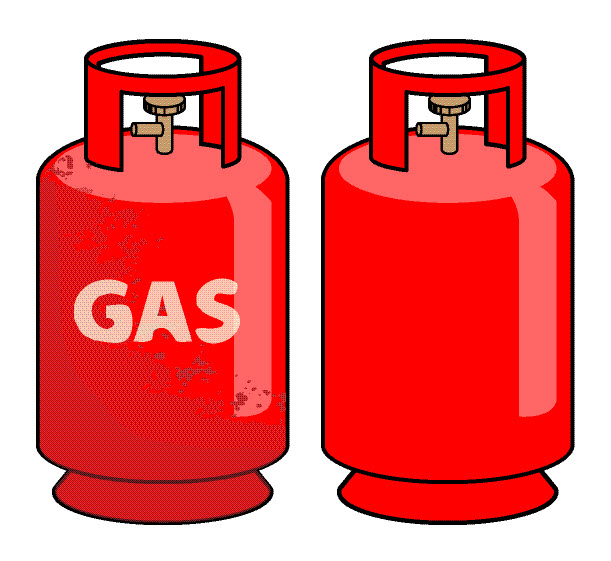 |
Two-thirds of the world’s energy is provided by crude oil and natural gas, which are made up of compounds called hydrocarbons. As the name suggests, hydrocarbons are simply made up of two elements: hydrogen and carbon.
All hydrocarbons will burn in a plentiful supply of air to produce carbon dioxide and water:
Word equation: methane + oxygen ![]() water + carbon dioxide
water + carbon dioxide
Chemical equation: CH4 + 2O2 ![]() 2H2O + CO2
2H2O + CO2
This is known as complete combustion.
A big problem with the complete combustion of hydrocarbons is pollution, as the burning of hydrocarbons produces the greenhouse gas carbon dioxide.

But sometimes, rather than complete combustion taking place, incomplete combustion occurs. This happens when there is not enough oxygen. Water is still formed in the reaction, and some energy, although less energy is given out compared with complete combustion. But poisonous carbon monoxide and soot (carbon) are formed. When inhaled, the carbon monoxide produced can replace the oxygen in our red blood cells, leading to unconsciousness or death. The soot or smoke which is released into the air can cause breathing difficulties as well as cause buildings to blacken.
Let's try some questions on this now.

